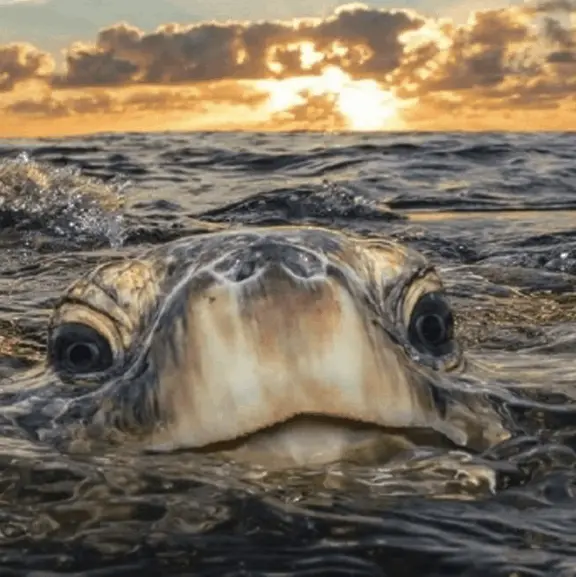
Top 10 Most Interesting Facts About Sea Turtles in the Sea of Cortez
The Sea of Cortez—often called “The World’s Aquarium” by Jacques Cousteau—is home to some of the planet’s most incredible marine life. Among its many wonders are the ancient and graceful sea turtles, who have been gliding through these turquoise waters for millions of years. Let’s dive into ten amazing facts about these remarkable creatures that call the Sea of Cortez home.



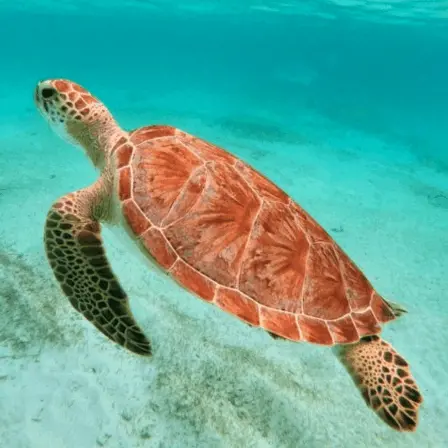
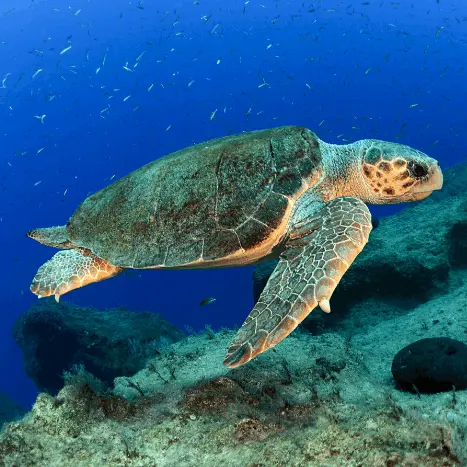
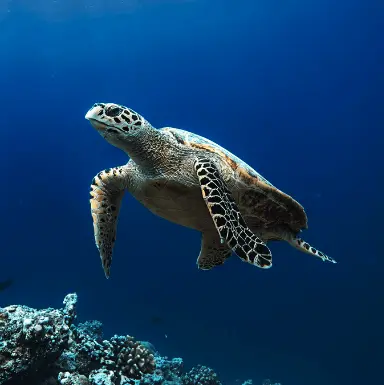
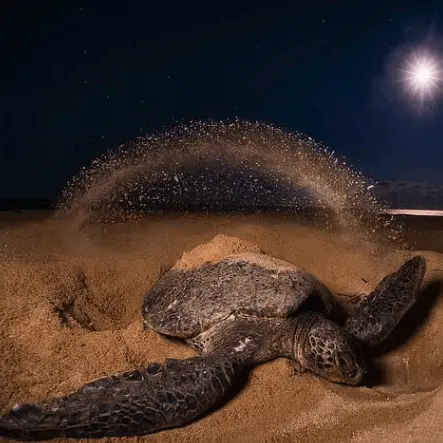
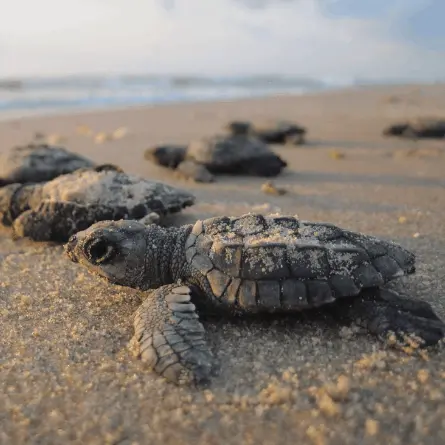
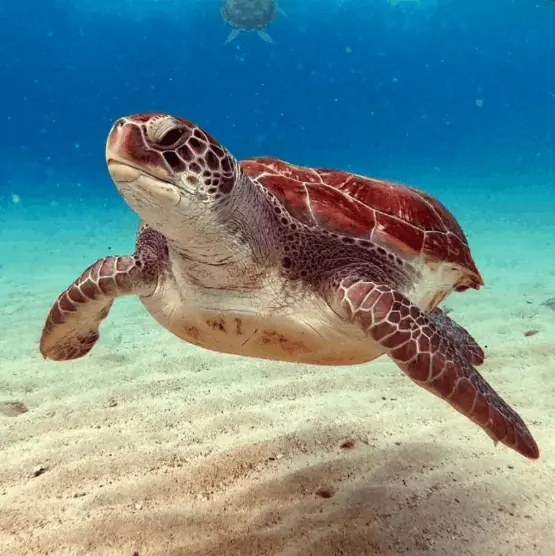


Follow Us